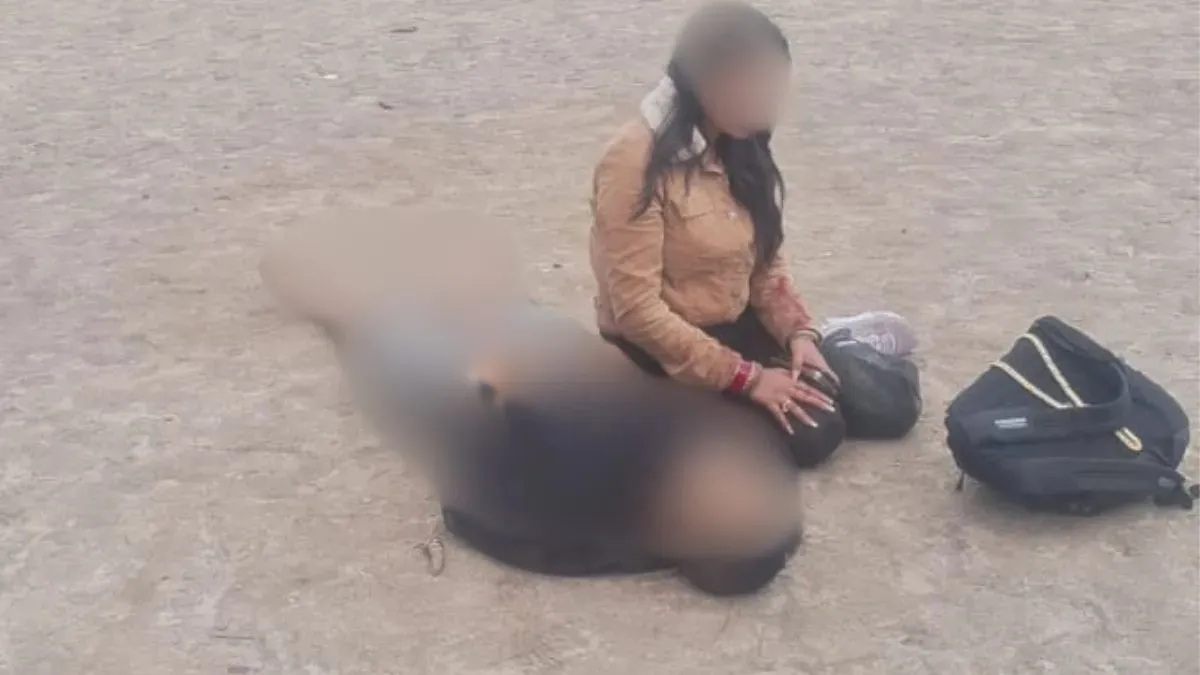Pahalgam Horror: Terror Shocks Kashmir
Gunmen Unleash Chaos on Tourists in Scenic Valley

On April 22, 2025, at 2:30 p.m., terror struck the serene Baisaran Meadow, a tourist haven nicknamed “Mini Switzerland,” just five kilometers from Pahalgam in Jammu and Kashmir’s Anantnag district. Unidentified gunmen, dressed in military fatigues, opened fire on unsuspecting tourists enjoying pony rides and picnics. The attack, claimed by The Resistance Front (TRF), a Lashkar-e-Taiba offshoot, left 28 dead, including two foreign nationals, and over 20 injured, marking it the deadliest civilian assault in the region since the 2019 Pulwama attack.
The Attack Unfolds
Eyewitnesses described a scene of pure horror. “They came from the woods, firing at anyone in sight,” a survivor told India Today. Tourists scattered, some collapsing in the lush meadow as bullets flew. The attackers, suspected to be five to six Pakistani terrorists who entered Kashmir days earlier, had scouted the area, intelligence sources confirmed. One survivor, a woman from Pune, recounted how gunmen singled out Hindu tourists, asking about their religion before shooting. “They killed my husband and told me to tell Modi,” she said, her voice trembling.
Casualties and Victims
The death toll stands at 28, with victims from across India and beyond. Among them: Manjunath Rao, a Karnataka businessman shot in front of his family; Lt. Vinay Narwal, a 26-year-old naval officer on his honeymoon; and N. Ramachandran, a 65-year-old from Kochi. Six tourists from Maharashtra, including Sanjay Lele and Atul Mone, also perished. At least 12 injured are stable in Pahalgam hospital, while others were airlifted to Srinagar’s SKIMS Hospital. The attack’s scale shocked authorities, with Jammu and Kashmir Chief Minister Omar Abdullah calling it “larger than anything we’ve seen directed at civilians in recent years.”
Global Condemnation
World leaders reacted swiftly. U.S. President Donald Trump, in a call with Prime Minister Narendra Modi, pledged full support, stating, “The United States stands strong with India against terrorism.” Russian President Vladimir Putin and Italian Prime Minister Giorgia Meloni echoed similar sentiments. Ukraine’s embassy in India condemned the attack, citing their own daily struggles with terrorism. European Commission President Ursula von der Leyen wrote on X, “You will stand strong in this ordeal.” The White House confirmed Trump was briefed by his National Security Advisor, with no U.S. citizens reported among the victims.

India’s Response
Prime Minister Modi, cutting short his Saudi Arabia visit, returned to Delhi on April 23, 2025, to chair an emergency cabinet meeting. “Those behind this heinous act will be brought to justice,” he posted on X, vowing an unshakable resolve against terrorism. Union Home Minister Amit Shah arrived in Srinagar to review security with Lieutenant Governor Manoj Sinha. An anti-terror operation is underway to neutralize the attackers, with intelligence pointing to Saifullah Kasuri, a Lashkar-e-Taiba deputy, as the mastermind. A tourist helpdesk was set up at Anantnag’s Police Control Room to assist stranded visitors.
Political Fallout
Indian political leaders united in condemnation. Congress president Mallikarjun Kharge called the attack “a blot on humanity.” Rahul Gandhi criticized the government’s security claims, demanding accountability. Karnataka Chief Minister Siddaramaiah, after an emergency meeting, sent officials to support victims’ families. Tamil Nadu’s Governor R.N. Ravi and Chief Minister M.K. Stalin expressed grief, noting Tamil victims. Maharashtra Chief Minister Devendra Fadnavis stayed in touch with Kashmir authorities, confirming six state casualties. The National Conference and PDP announced support for a bandh in protest.
Eyewitness Accounts
Survivors shared chilling details. A woman from Pune, speaking to India Today, described the attackers’ cold precision: “They asked who was Hindu, then fired.” Another tourist, Divashi Shorba from Kolkata, told Al Jazeera, “We were just 10 kilometers away when we heard the shots. It was chaos.” A child, seen shaking near lifeless bodies, symbolized the trauma etched into survivors. Videos circulating on X, verified by @BBCBreaking, showed bodies strewn across the meadow and women sobbing. “It felt like a nightmare,” one witness told NDTV.

Security Concerns
The attack raises fresh questions about Kashmir’s security, especially amid a tourism surge. Pahalgam, a key stop on the Amarnath Yatra pilgrimage route, had seen relative calm before this assault. The timing, just after offline registration for the 2025 Yatra began on April 15, suggests a deliberate strike to disrupt peace. Intelligence sources suspect the terrorists waited for an opportune moment, exploiting the area’s open terrain. The attack’s sophistication, with prior reconnaissance, points to a well-planned operation.
What It Means Now
The Pahalgam attack has immediate ripple effects. Tourism, a lifeline for Kashmir’s economy, faces a potential downturn as travelers rethink plans. The Amarnath Yatra, set to draw thousands, may see heightened security or cancellations. Politically, the assault pressures Modi’s government to deliver on its tough-on-terror stance, with opposition parties already questioning security lapses. Globally, the attack underscores the persistent threat of Lashkar-e-Taiba and its offshoots, prompting renewed calls for international counterterrorism cooperation. For victims’ families, the focus is on justice and support, with state governments stepping in to airlift bodies and aid survivors. The trauma lingers, with survivors like the Pune woman carrying the terrorists’ chilling message to Modi.
X Buzz and Public Sentiment
Posts on X reflect outrage and grief. @TimesNow reported, “24 killed, 5 critically injured,” updating casualty counts in real-time. @MeghUpdates noted eyewitness claims of religious targeting, though unconfirmed by officials. Verified handles like @BBCBreaking shared videos of the aftermath, amplifying global attention. Public sentiment trends toward demands for justice, with hashtags like #PahalgamTerrorAttack and #StandWithKashmir gaining traction. However, authorities urge caution against unverified claims of religious targeting to prevent communal tensions.
Historical Context
Kashmir has long been a flashpoint for militancy, with groups like Lashkar-e-Taiba fueling violence. The 2019 Pulwama attack, which killed 40 CRPF personnel, was the last major assault of this scale. India attributes such attacks to Pakistan-sponsored terrorism, a charge Islamabad denies. The Pahalgam attack, targeting civilians, marks a shift from military-focused strikes, aiming to sow fear among tourists and destabilize the region’s fragile peace.
Ongoing Operations
Security forces have cordoned off Baisaran Meadow, launching a manhunt for the attackers. Drones and sniffer dogs are in use, with the army and CRPF coordinating efforts. “We won’t rest until the terrorists are neutralized,” Lieutenant Governor Sinha said. The operation faces challenges in the rugged terrain, but officials remain confident. Meanwhile, hospitals in Anantnag and Srinagar are on high alert, treating the injured and preparing for potential escalations.
A Nation Mourns
As India grapples with the Pahalgam horror, the nation mourns its lost citizens—a naval officer, a businessman, elderly tourists, and more. Candlelight vigils are planned in Mumbai, Bengaluru, and Kochi, with communities rallying around victims’ families. The attack’s brutality has united leaders across party lines, but questions about security and intelligence failures loom large. For now, the focus is on healing and justice, with the world watching Kashmir’s next steps. Stay sharp with Ongoing Now 24.





